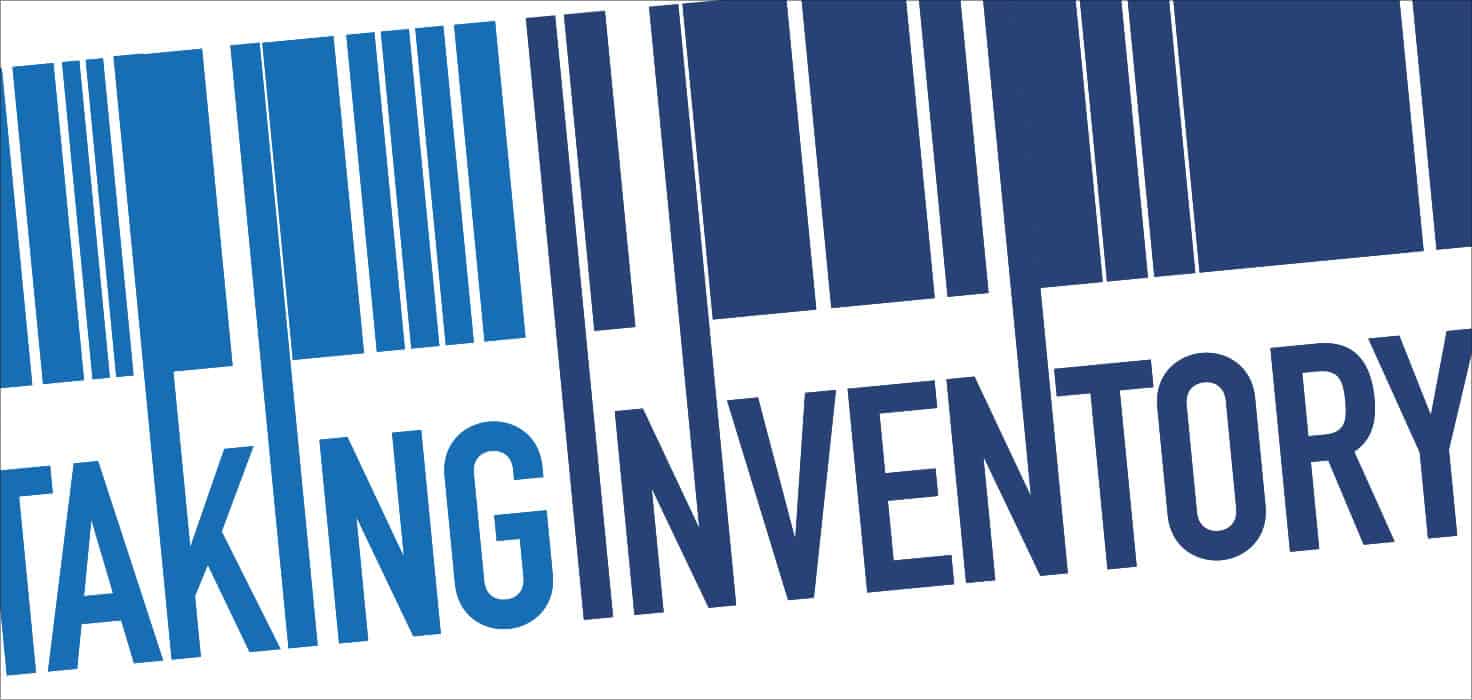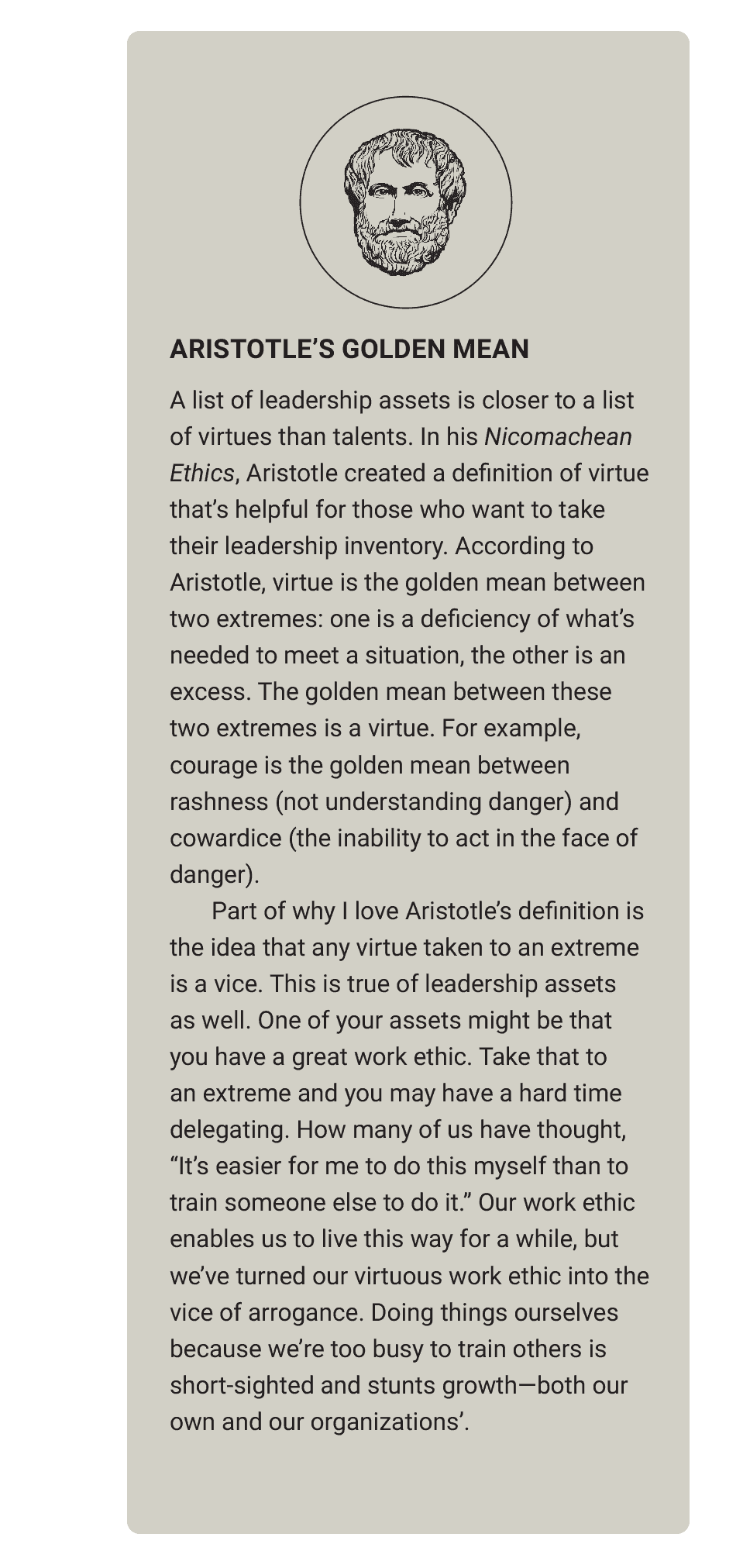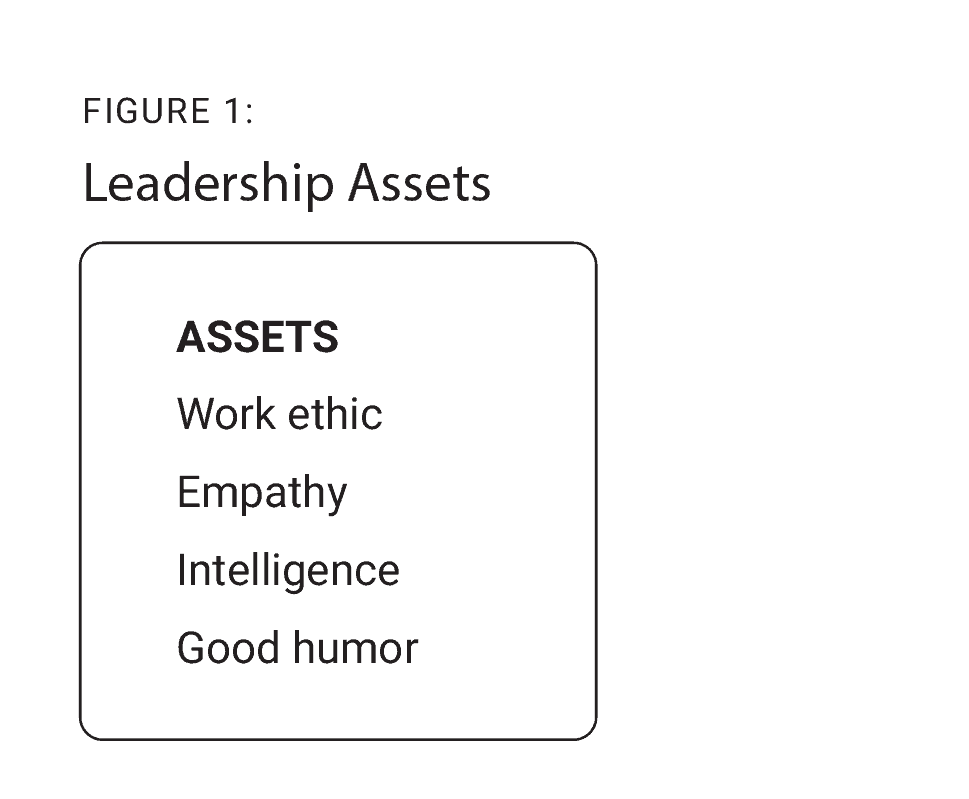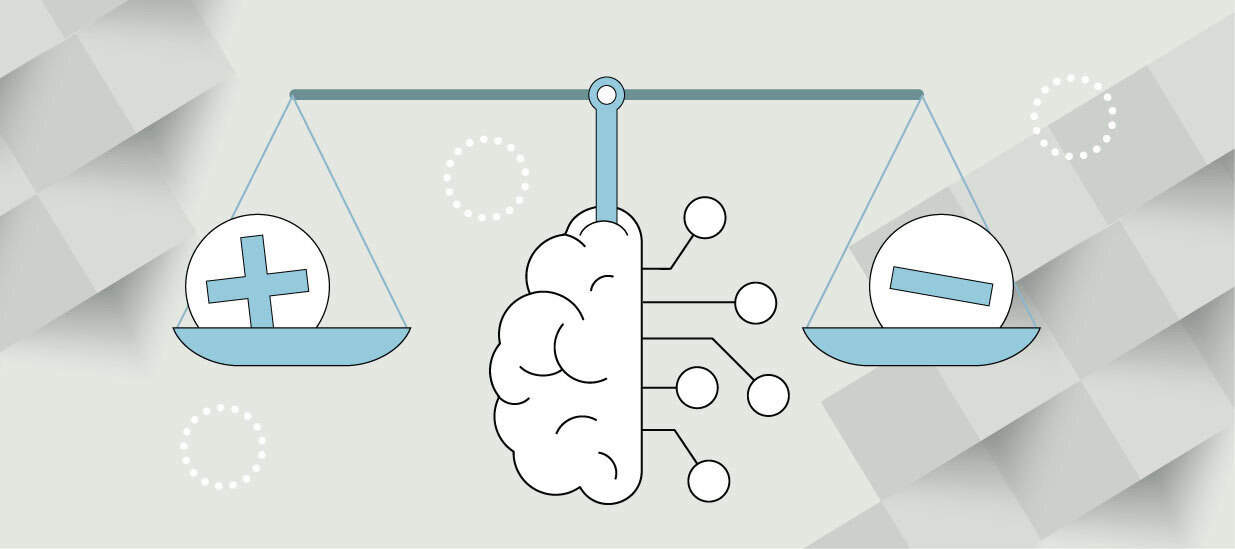Product managers and marketers are responsible for clarifying what needs to be done and developing an environment that gives others the opportunity to contribute their best work. Even if no one reports to you, that’s leadership. And it makes it critical for you to take a leadership inventory.
Why take this type of inventory? Because you need to understand the tools you have to work with. How will you influence others? How do you have the conversations that only you can have? The tools of your personality—your leadership assets—are what enable you to answer these questions.
Decide the Type of Leader You Want to Be
Every leader has two faces: a public face and a private face. The private face often falls short of the ideals expressed by the public face. This doesn’t mean that leaders who fall short in their private lives are bad anymore than it means the rest of us are bad when we fall short of our ideals.
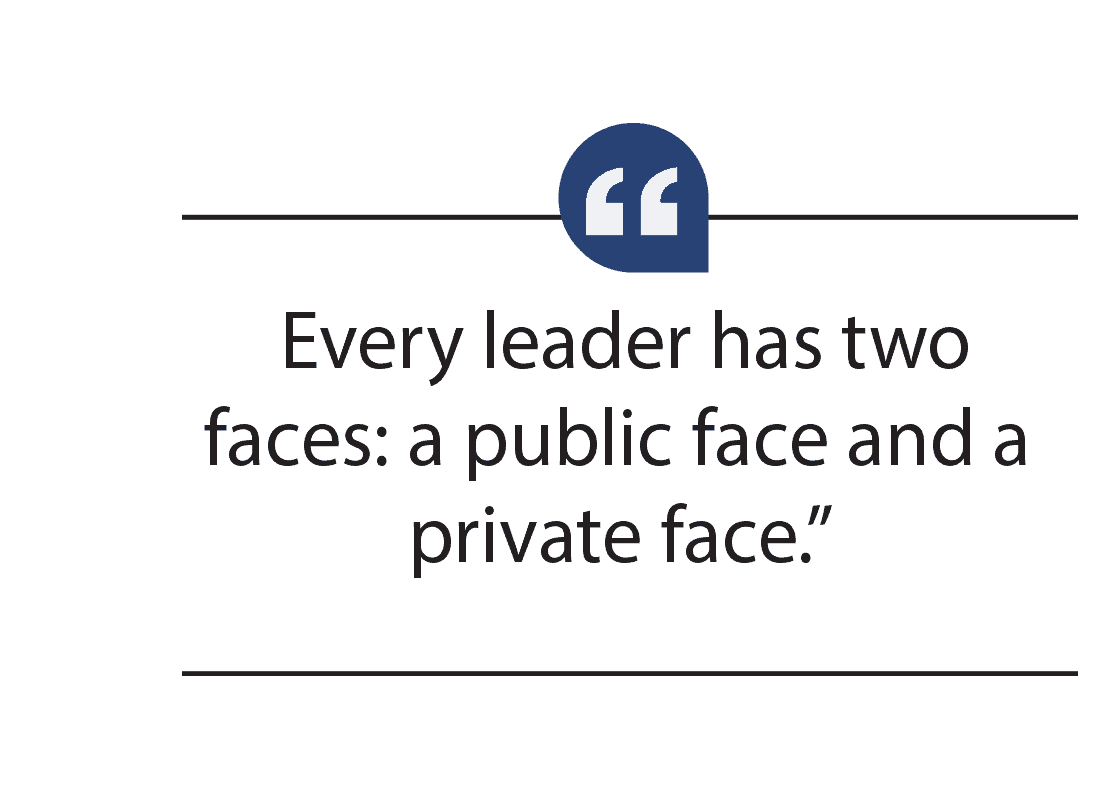
Before taking your leadership inventory, decide what kind of leader you want to be, and take those two faces into account. Think about the public face of the leaders you admire and don’t get hung up on their private affairs. Ideals matter because ideals live forever; faults do not.
Professionally, you have a public leadership brand that you need to manage if you want to be effective in your work. Your leadership brand should be a little aspirational—it’s OK if you’re not everything you hope to be. People won’t know you’re faking, and if you act like the leader you want to be for long enough, you’ll eventually become that leader.
The star player often isn’t the team leader. Likewise, you can be a terrific leader but not the smartest person in the room. Making yourself a good leader is a great way to increase your value in your organization.
List Your Assets and Defects
A Brand Deck is my favorite way to begin a leadership inventory. A prop used by marketing teams to identify the core elements of a brand, a Brand Deck costs about $25—and is worth the money. (Plus, it’s a cool product worth studying if you like to geek out on cool products.)
Each card has a black and a white side, each with words that aren’t exactly opposite, but will get you thinking about what part of the golden mean you come down on. For example, one side might say “conventional” and the other might say “experimental.” Your job is to sort through the deck and place the cards into four piles
The Brand Deck was created to help businesses define their brands, so some words won’t apply well to individual people. However, the physical act of sorting helps you think about yourself in a way you wouldn’t if you’d just made a list. Eventually, you should settle on 10 to 12 key elements of your leadership brand. These are the “you are” cards, and they’re you’re leadership assets.
And knowing what “you are not” is as critical for leaders as it is for products. It can be hard deciding what you are not when you’re early in your career because it feels like you’re giving something up. But saying “no” to things is liberating. “No” is a powerful commitment to the things you say “yes” to. The fewer things I say “yes” to, the more committed to them I am. Try to get at least five cards in the “you are not pile.”
Getting 360-Degree Feedback
An effective exercise I’ve done with my clients is having them share their list of 10 or 12 “you are” words with their colleagues in an online survey. They ask their colleagues to select the three terms they believe most describe the individual with whom I’m working.
Asking your peers to help you identify the key elements of your leadership brand—your leadership assets—is like a mini-360 that focuses only on your good parts. Narrowing the list from 10 or 12 to three or four with the help of others is a prioritization process for how to focus your leadership brand.
If you don’t want to invest $25, you can make your own list of leadership assets. Give yourself about five minutes and keep writing the list until you run out of things to write. The important characteristics will surface within that time.
Whether you use a Brand Deck or handwrite your inventory, your final leadership inventory will be a two-column list, with the first column identifying your assets. Figure 1 shows what your list may look like.
You might ask, “why is good humor a leadership asset?” It’s because being loved as a leader is certainly a good thing, and good humor surely is lovable. Plus, when you turn your good humor off, people know you mean business even if you don’t get angry.
Now, create a second column to your list, add a “Defects” header and think of the corresponding defect associated with your assets. While not all assets will have a corresponding defect, many will. Figure 2 shows how your list may look.
Now you’re beginning to understand your public leadership brand. Placing your assets and defects next to each other should help you understand why some of your work relationships are difficult. What you consider to be a strength could be perceived as a defect by your colleagues.
Assets and Organizational Culture
Your leadership assets exist within your workplace culture. Empathy, patience, and sacrifice are great leadership assets for grammar-school teachers but not combat leaders. Are your leadership assets suitable for your organization? It may be fine if they aren’t—particularly if you’re happy being an individual contributor and don’t aspire to lead large teams. Think about your organization’s culture, too, when you take your leadership inventory.
Culture is like gravity: We can’t see or define it, but we sure can feel it. It’s possible for your work to consistently exceed the limits of your organization’s culture—in the same way flying to the moon is possible. It takes a ton of energy and a lot of personal risk. If you aren’t comfortable in the gravity of your organization’s culture, you will need the energy of a rocket to burst through and escape it. Rockets don’t carry many people. Your small team may be able to find a comfortable orbit, but you’ll never carry the whole organization with you.
All of us have control over who we won’t work for. It’s not the same as being able to control who we will work for, but it’s close. We can always say no. It’s not typically an easy decision, but it’s liberating to keep the option in mind.
The purpose of all action, according to Aristotle, is to produce happiness. Happiness is the end to which all other actions aim. Leadership is different. The purpose of leadership is not to be happy—or even to produce happiness in others. The purpose of leadership is to accumulate and exercise power, for good or ill.
The ethics that define good and bad leadership are not the same as the moral virtues that produce happiness in our personal lives. At Fortune’s Path, we believe good leaders demonstrate good virtues, but that’s not true in all organizations. How much you can embrace the leadership ethics of your organization as opposed to your personal moral virtues will affect how much power you will accumulate.
The cost of power is another thing defined by organizational culture. It is also defined by your own will and ambition. The more aligned your leadership assets are with the leadership ethics of your organization, the less it will cost you personally to accumulate power and lead.
Share Your List with Someone You Trust
We often take our strengths for granted; to us, they seem easy. The work that comes most easily to us often is the most valuable work we do. The time it takes to create something is no reflection of the value of the thing created. An igneous rock takes millions of years to make, but it’s still worthless.
Now that you have a list of assets and defects, share the list with a peer. Sharing your list of assets and defects with a trusted colleague helps give you perspective that you wouldn’t otherwise get by looking in the mirror. It also helps confirm what you do well and brings a sense of proportion to your defects.
Embrace Your Assets, Give Up Your Defects
Your leadership defects are the evil twins to your assets—your assets taken to an extreme. You can minimize defects if you decide to give them up and focus on your strengths. Develop the discipline and awareness to recognize when your leadership assets have become defects and spare the people you work with by keeping them private.
Remember that leadership has two faces: public and private. A critical part of being a responsible leader is not showing the people around you your private face. That’s where your leadership defects belong. Just as parents shouldn’t share their deepest fears with their children, good leaders shouldn’t share their deepest doubts with those around them. Leaders have an obligation to remain positive. No one wants to follow a whiner or coward.
Leaders need a small number of intimates, people who help them recharge and regain positivity by listening, offering encouragement, and maybe even advice, if requested. Our leadership assets are the core elements of our leadership brand. Like any brand, there are two faces, the public and private. Our intimates see our private face. Those we lead mostly should not. That’s managing our brand and making the most of our leadership assets.
Learn More:
Find these related resources on PragmaticInstitute.com
Webinars
Articles
- Winter 2017 issue of Pragmatic Marketer
- The Top 10 Things Amazing Leaders Do
- Exploring Breakaway Leadership
- 5 Ways to Become a Respected Product Leader in the C-Suite
Author
-

Tom Noser, a professional with 30 years of experience, is a distinguished author, podcaster, and fractional executive. With a rich background spanning Vanderbilt University, QHR, and JumpCrew, Tom brings a wealth of knowledge and insights to his roles. For questions or inquiries, please contact [email protected].
View all posts

